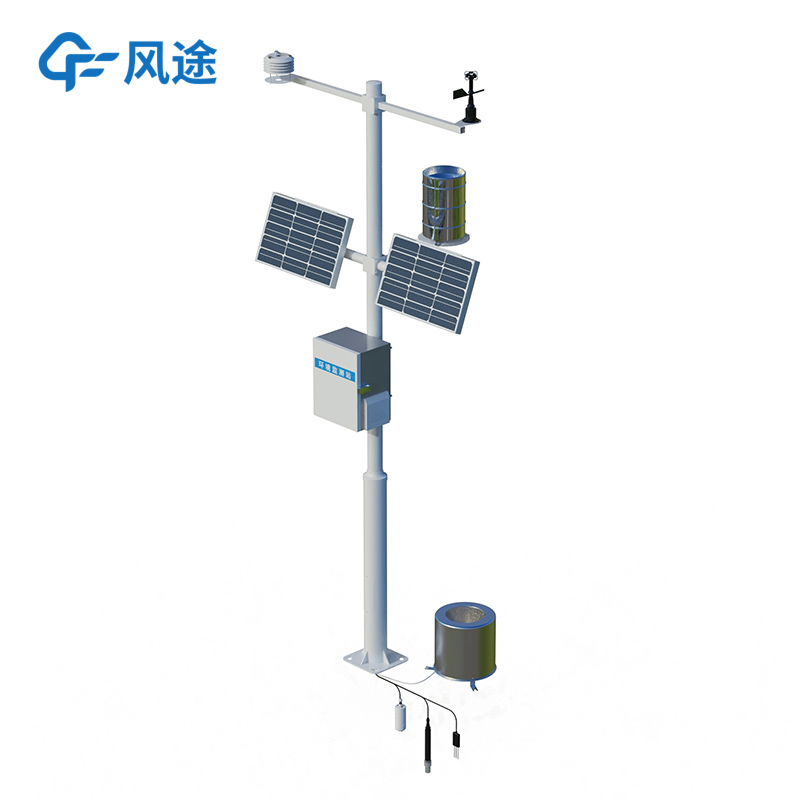Agricultural production is essentially a process that utilizes solar energy to convert carbon dioxide and water into carbohydrates through plants. This process is constantly constrained and influenced by weather and climatic conditions. It can be said that light, heat, and water are the fundamental resources for agricultural production. Major agricultural disasters such as droughts, floods, frosts, low-temperature damage, high-temperature damage, strong winds, and hailstorms are essentially abnormal meteorological events. These disasters can cause reduced yields at best and total crop failure at worst. Therefore, farmers and agricultural managers need to arrange all farming activities such as sowing, fertilizing, irrigating, spraying pesticides, and harvesting based on weather forecasts. Accurate weather forecasts can help them seize the optimal agricultural timing, avoid disastrous weather, and achieve cost reduction and efficiency improvement.
Using equipment such as automatic weather stations, real-time monitoring of conventional meteorological elements in farmland is conducted, including air temperature, air humidity, wind speed, wind direction, precipitation, light intensity, and solar radiation. These data form the basis for analyzing farmland microclimate. All the above monitoring data are then integrated into a unified agricultural meteorological service platform for analysis and processing to produce agricultural meteorological forecasts, yield forecasts, irrigation guidance, and suitability forecasts for agricultural activities. These products are provided to governments, agricultural enterprises, and farmers through various channels such as mobile SMS, apps, and websites.
Automatic weather stations applied in the agricultural field are called Farmland Weather Stations. They integrate various high-precision sensors (monitoring air temperature and humidity, soil moisture, light, wind speed and direction, precipitation and other elements), IoT communication technologies (4G/5G/LoRa), and cloud platform big data analysis to achieve all-weather, automated monitoring of farmland environments, providing precise and intelligent meteorological services for modern agriculture.
Through real-time data collection and wireless transmission, users can remotely view field conditions via mobile phones or computers. The system can intelligently trigger disaster warnings (such as frost and drought) based on preset thresholds, guiding precision irrigation and scientific fertilization. Furthermore, it can be linked with intelligent equipment such as greenhouses and irrigation systems to achieve automated regulation, effectively improving agricultural production's risk resistance, resource utilization efficiency, and operational management refinement. It is an important infrastructure for promoting the transformation of traditional agriculture towards intelligence.

Article address:https://www.sqqx.net/en/news/753.html

 +86 15898932201
+86 15898932201



